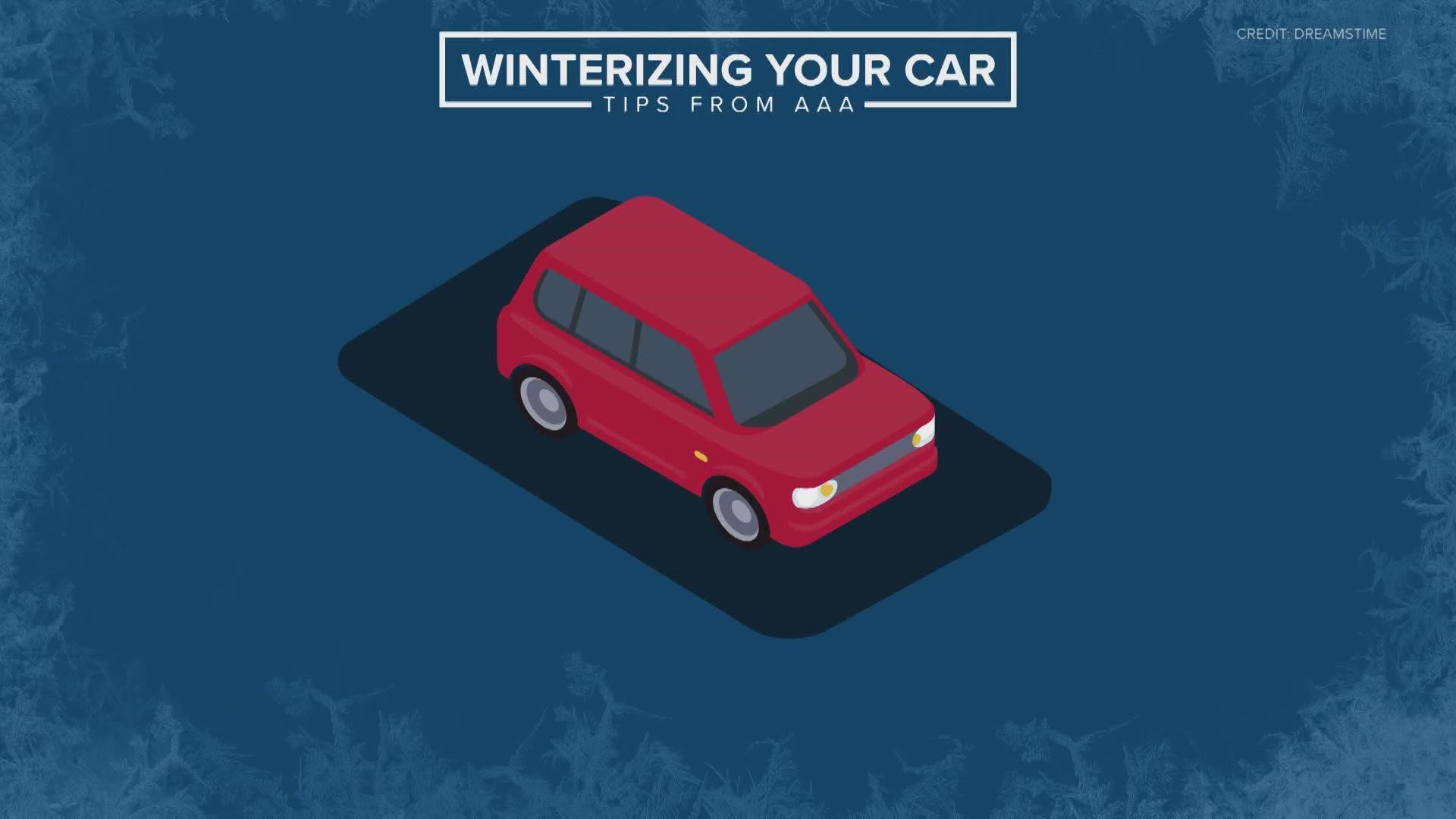INDIANAPOLIS — The upcoming winter storm will bring dangerously cold wind chills for around eight hours. They could drop to as low as 40 below zero.
With temperatures that cold, the risk of hypothermia and frostbite becomes very high.
(NOTE: The video above shares tips on winterizing your car.)
In these conditions, exposed skin can become frostbitten in just 10 seconds. It's best to avoid going outside, but if you have to, be sure to dress appropriately.
- A scarf or knit mask that covers the face and mouth
- Mittens or gloves
- Water-resistant boots
- A hat
- A water-resistant coat
- Several layers of loose-fitting clothing


Some body parts are more susceptible to frostbite than others. Pay special attention to keep your nose, ears, toes, cheeks, chin and fingers covered in warm, dry material.
Frostbite can cause a loss of feeling and color to affected areas and can permanently damage the body. In severe cases, amputation may be necessary.
Signs of frostbite include:
- Redness or pain in any skin area
- A white or grayish-yellow skin area
- Skin that feels unusually firm or waxy
- Numbness
Hypothermia is abnormally low body temperature. It happens with prolonged exposure to cold temperatures and can affect the brain, making it hard to think clearly.
Signs of hypothermia include:
- Shivering
- Exhaustion
- Confusion
- Fumbling hands
- Memory loss
- Slurred speech
- Drowsiness
In infants, hypothermia can cause bright red, cold skin and very low energy.
Older adults with inadequate heating are at a high risk of hypothermia, in addition to babies who may be sleeping in cold rooms.
The CDC recommends immediate medical attention if a person's body temperature drops below 95 degrees.

